Affiliate links on Android Authority may earn us a commission. Learn more.
10 years of Chromecast: From wow to meh
Published onJuly 31, 2023
Like many of you, I take the Google Chromecast and the Cast protocol for granted today, but that wasn’t the case 10 years ago when Google first announced them. I remember being in awe at Google’s solution for the phone-to-TV streaming problem. How brilliantly simple was the idea of plugging a small internet-connected dongle into your TV that you could control from your phone?
Light software and basic hardware resulted in a cheap $35 price tag that suddenly made streaming shows and movies “disposable.” I didn’t need a new, expensive smart TV anymore; I could just buy a Chromecast and elevate my entire experience. And I wasn’t alone in thinking that. Google’s dongle garnered millions of sales and universal acclaim for its ease of use. It quickly became one of the company’s first and biggest hardware success stories.
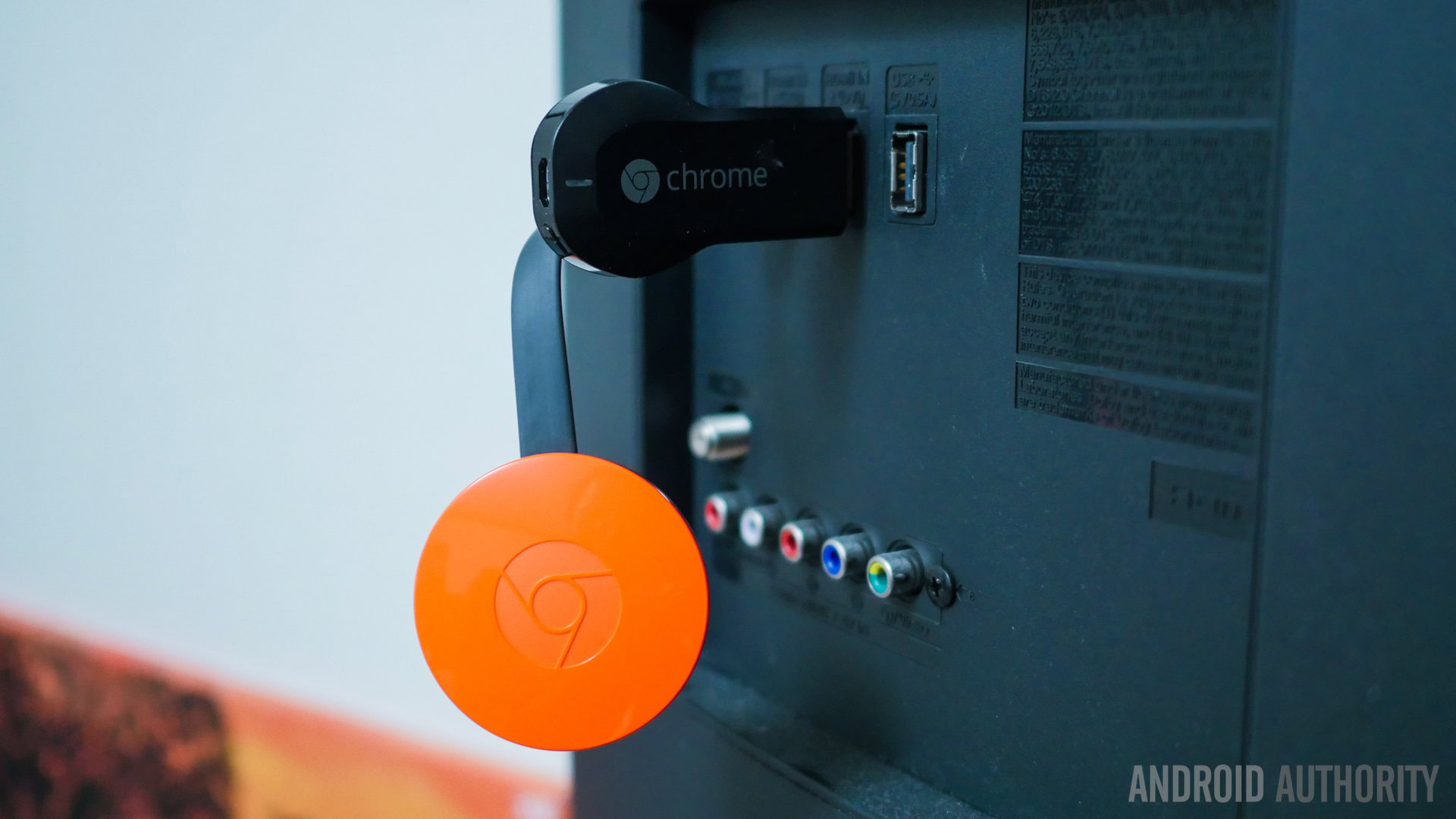
Ten years into its story arc, the Chromecast has gone from the main character to a quasi-NPC.
The Chromecast’s triumph sparked a deluge of similar cheap streaming dongles, from Roku to Amazon Fire TV, Xiaomi boxes, and more. Beyond physical hardware, casting quickly surpassed Apple’s older AirPlay protocol and slowly made its way to third-party speakers and TVs. We went full circle from not needing a smart TV and just buying the dongle to not needing the Chromecast per se and just buying a cast-enabled TV instead.
But ten years into its story arc, the Chromecast has gone from the main character to a quasi-NPC. It exists, it still sells, and that’s about it. It does what it’s supposed to do, but the enthusiasm for the form factor, the Cast protocol, and any and all visionary possibilities has dwindled.
Do you still use a Chromecast?
10 years of growing technical and legal woes
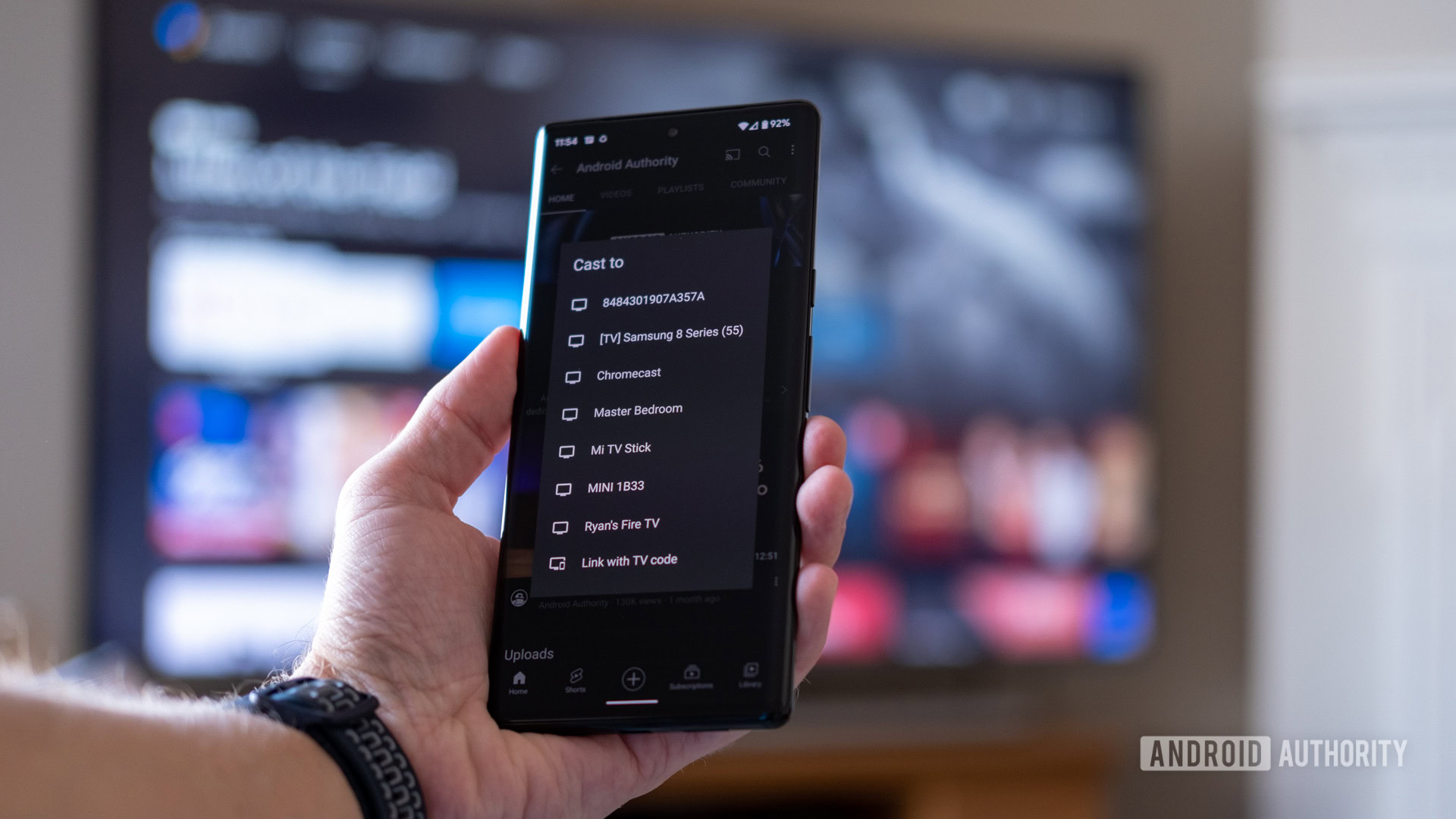
Just yesterday, I was showing my husband a video on my phone, then we remembered we had a large TV we could watch it on. The website I was on didn’t offer a video casting option, so I decided to cast my screen. I chose my TV and waited. Nothing happened. I tried again and faced the same result. My Chromecast wouldn’t work.
This isn’t a rare occurrence either; the casting experience is a bug galore. When it works, it’s still seamless and delightful, but sometimes your phone or computer won’t see nearby Chromecasts, will fail to cast to them (which happens pretty frequently with the fullscreen Android casting feature for me), or will disconnect after they started casting. The latter is infuriating because your content continues playing on the receiving Chromecast (or TV or speaker), but your source device is no longer in control of it. How do you stop? Pause? Go back? Change the volume? You can’t.
That’s without mentioning countless online-chronicled problems like reboot loops, weak Wi-Fi signals, and funky cast notifications.
Technical and legal troubles have marred the Chromecast's entire existence.
Beyond these technical woes, Google’s success with the Chromecast has been marred by disputable intellectual property. SONOS accused Google of using its own tech to enhance the Chromecast and Nest/Home smart speakers’ setup, multi-room playback, and phone-based music control, and it won that lawsuit.
If that wasn’t enough, it appears that the very idea of the Chromecast was stolen by Google. A lawsuit from Touchstream Technologies recently alleged that the unknown company met with Google in 2011, two years before the Chromecast’s release, and shared its ideas for controlling media playback from a server on a display via a personal computing device, i.e. something very akin to what we now know as the Chromecast. The jury found Google guilty in that case too.
10 years of Chromecast versus Google
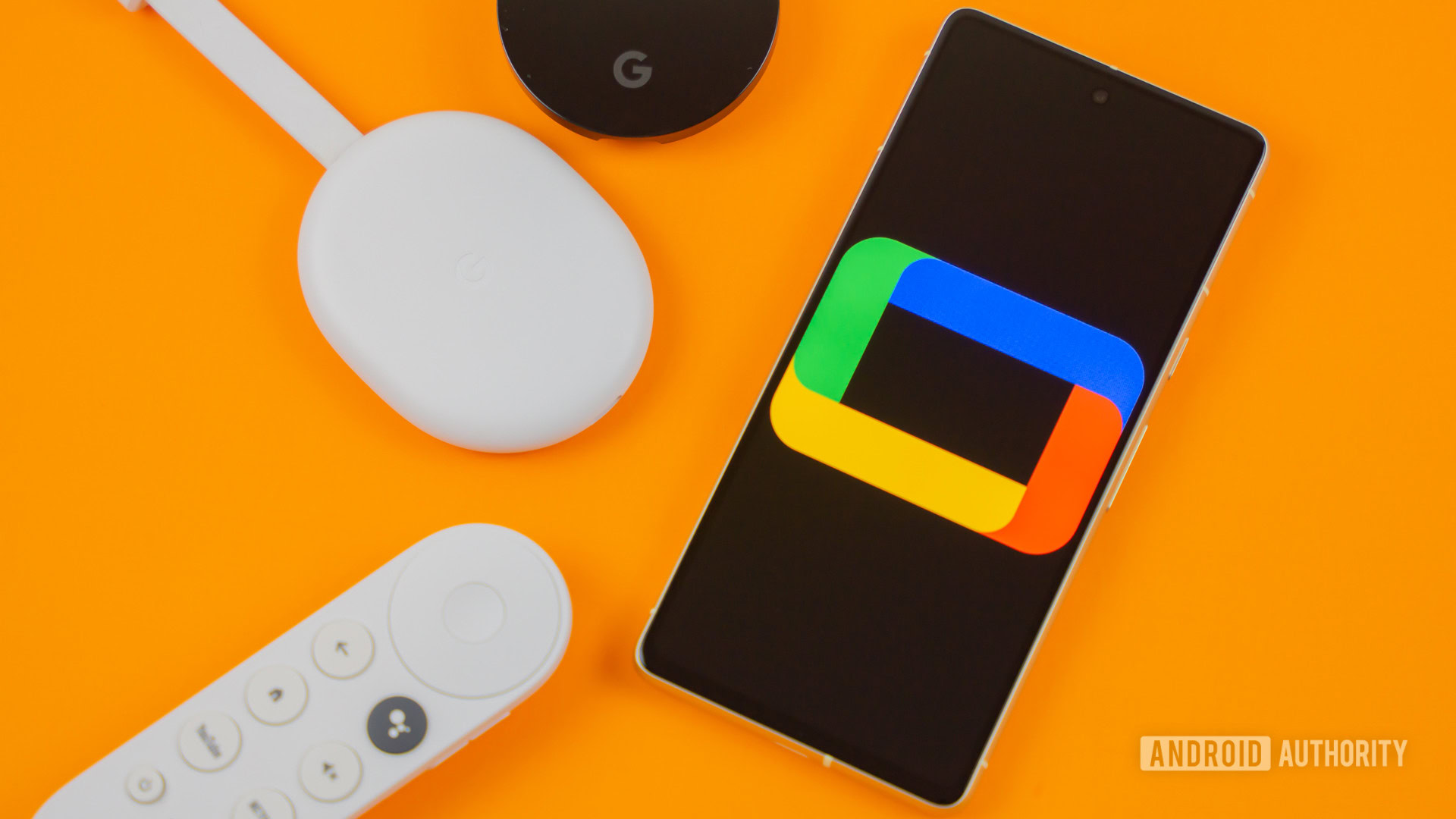
You would think that a simple, cheap, and popular product that sells millions would benefit from unlimited development resources within a company. But that would be forgetting Google’s frayed history of supporting its own successes. Or its tendency to switch courses mid-journey.
Over the last 10 years, the Chromecast had to fight multiple frenemies on several fronts. Third-party speakers and TVs with embedded Google Cast receivers came first and offered people like me a built-in alternative to the cheap dongle: Why buy a separate Chromecast when your TV or speaker already had the functionality? Then Google Assistant smart speakers made casting less attractive by giving us the option to play anything with our voice — no casting phone needed. And finally Android TV boxes presented the option to use full apps to navigate and pick a show or movie to stream on one device, without the need for a separate phone and Chromecast.
Google basically killed the original Chromecast streaming dongle and hid the body under a sly shift to Google TV.
It’s quite telling that the last two Chromecasts are actually Google TV boxes branded as a Chromecast. Google basically killed the original Chromecast streaming dongle and hid the body under a sly shift in strategy. After all, a homescreen where it can serve ads is a million times better than a device that only turns on to play your chosen media.
Looking back, it’s as if Google has always tried to capitalize on the success of the Chromecast by supplanting it instead of improving the base product. A challeging dynamic for sure.
10 years of missed opportunities
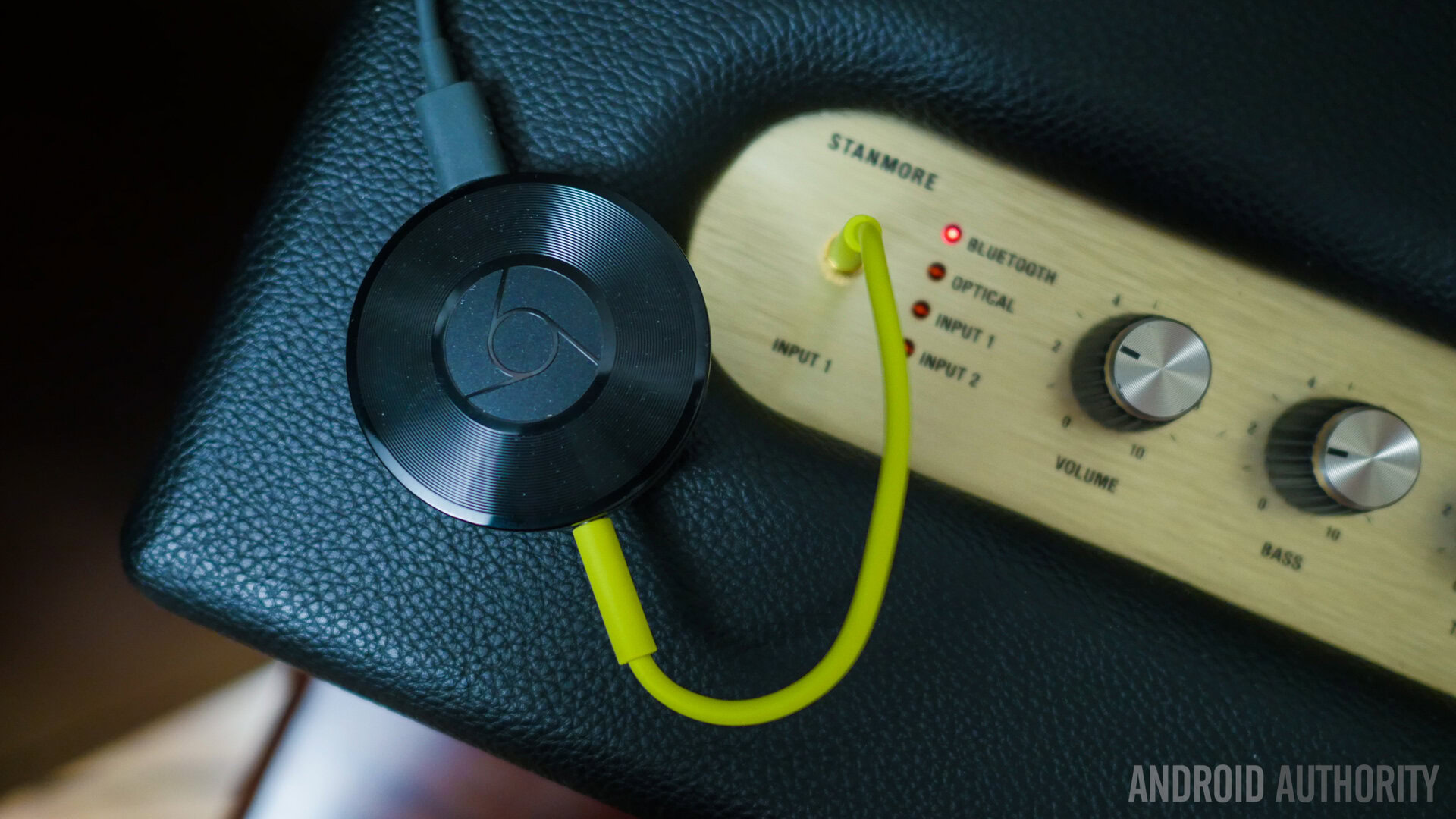
Remember the Chromecast Audio? You’d think that the last few years were the perfect time to bring it back. With the resurgence of vinyl, bookshelf speakers, and more audiophile setups, a simple device that can simply stream or receive high-quality audio wirelessly is sorely needed. But Google left that field to the likes of the Amazon Echo Link ($199 on Amazon) and WiiM Pro 2 ($149 on Amazon). That’s one of many examples where I think Google dropped the ball over the last 10 years with Chromecast hardware.
It feels like we've wasted a decade to stay where we started with the Chromecast and Cast protocol.
The Cast protocol too has seen so few improvements — none even? — that it feels like we’ve wasted a decade to stay where we started. Today, casting works, but it doesn’t feel any different from what it when it launched. You can’t convince me that, for 10 years, one of the biggest tech companies in the world couldn’t think of a few ways to improve the experience.
Casting to a hotel TV is still so messy that I prefer to carry a tablet instead of bothering with that. I have no control over the resolution or quality of the stream and thus can’t adapt my casting to slower connections. There’s no queue management unless the casting app allows it, so I can’t set a Netflix video to play after a YouTube trailer. And I still dream of my Android phones casting a desktop-like interface (like Samsung Dex) to larger screens, instead of simply mirroring their screens.
10 years of successes, misses, and uncertainty
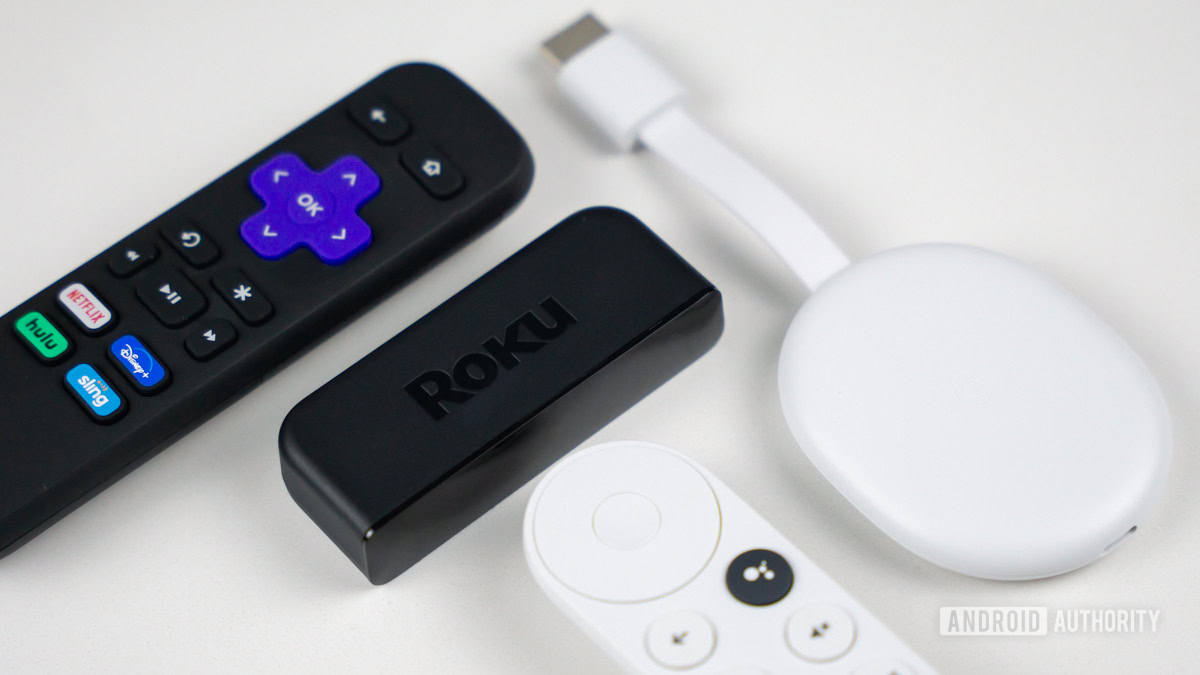
The Chromecast democratized access to streaming services and smart TV functionality for millions of people. Millions of sales and universal acclaim don’t justify complacency, though. But it seems like that’s what happened with the Chromecast. Eventually, the dongle was a victim of its own success.
Early on, the advent of third-party Cast-ready TVs and speakers meant that you didn’t need Google’s hardware to get the same seamless streaming and remote control experience. Later, Google’s focus on Assistant and Google TV forced the beloved dongle and its underlying protocol into a corner. Instead of evolving forward, it had to evolve sideways to accommodate a shifting strategy and challenging dynamic.
Instead of evolving forward, the Chromecast had to evolve sideways. First it was all about Assistant compatibility, then about Google TV integration.
Today, the Chromecast is one of hundreds of dongles and boxes you can buy and nothing really differentiates it. It’s still a good product, but it’s nothing special. More powerful and/or cheaper Android and Google TV boxes exist, while Roku, Amazon, and Apple have their own competitors. This leaves me wondering, what does the future of Chromecast look like?
Can the Chromecast reclaim its status as a trailblazing streaming device in this landscape? Will we see a base Chromecast or a Chromecast Audio ever again or did the visual interface of Google TV (with the potential for ads and 🤑) irreversably take over? Will the Cast protocol see any improvements? Only time will tell.